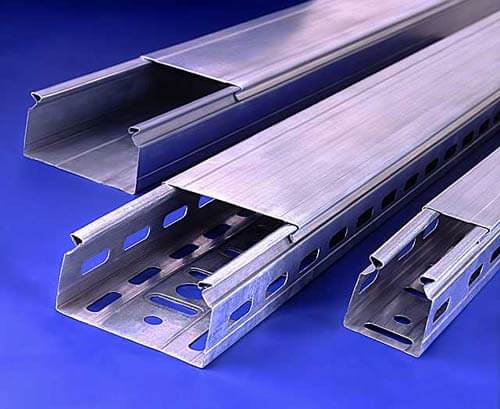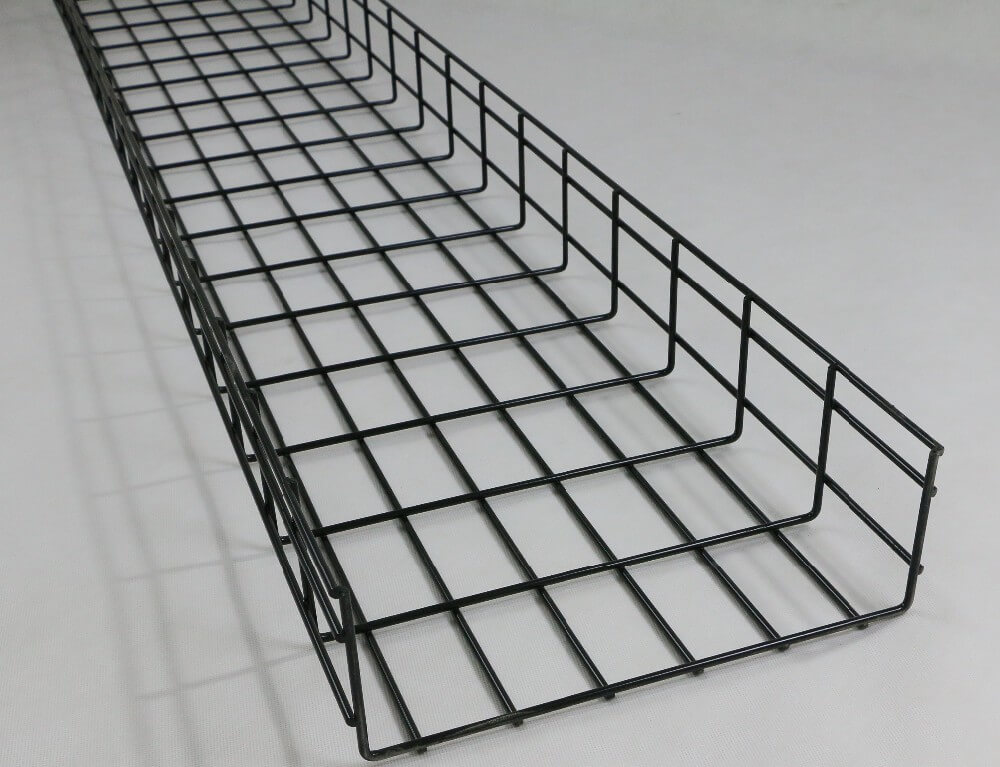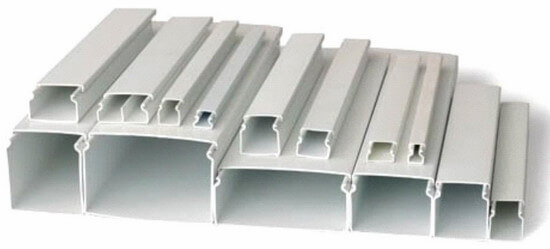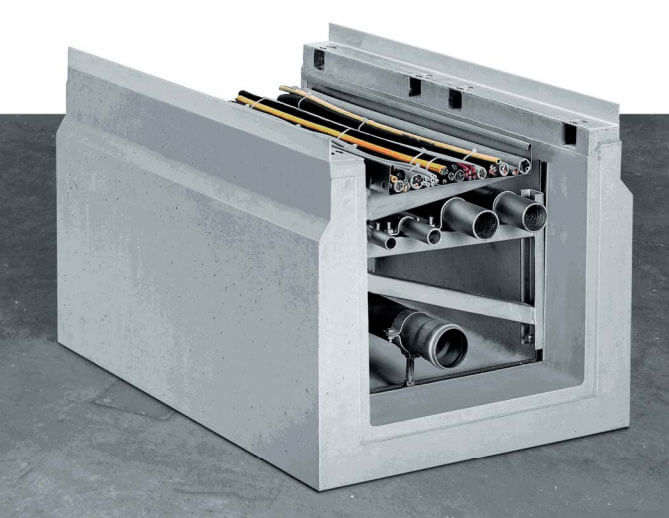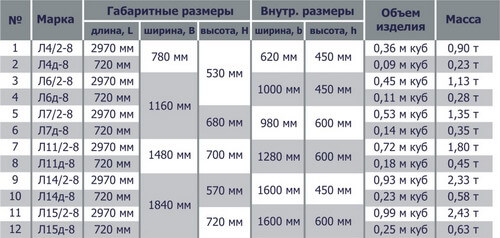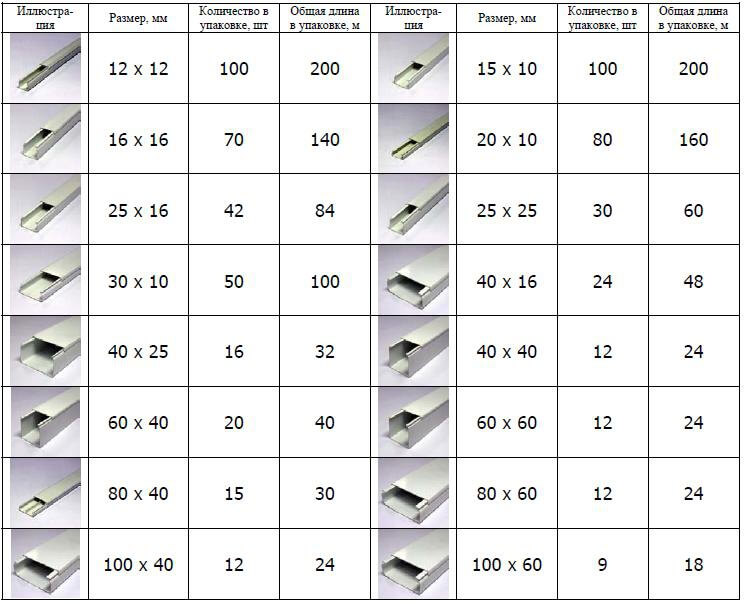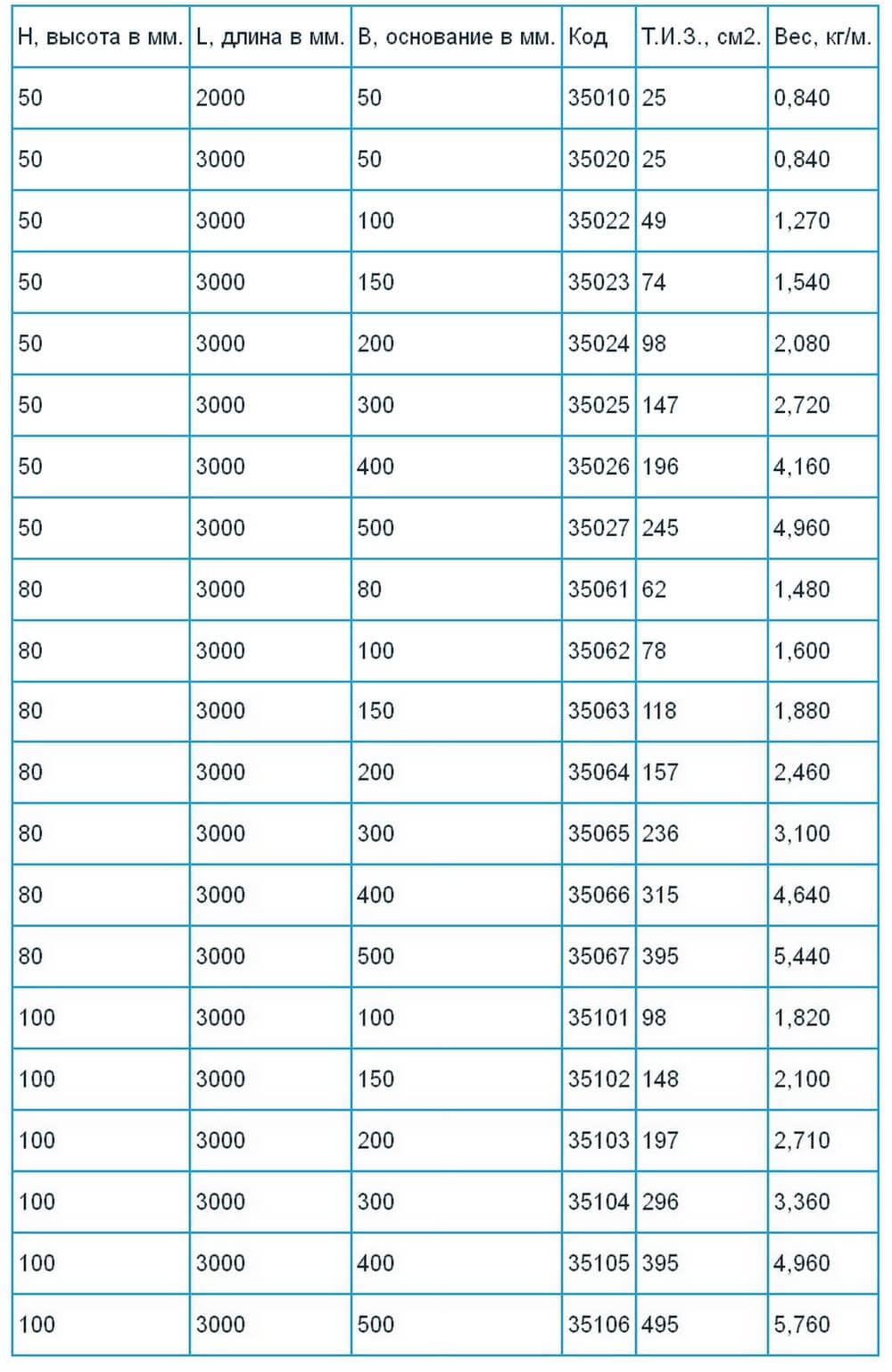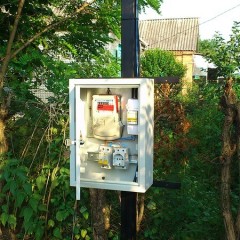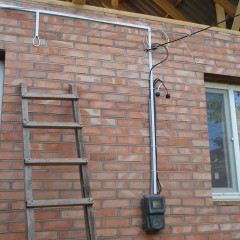What are the cable trays?
Types of cable trays
The trays into which the cable is laid differ in designs and in the materials from which they are made. There are differences in the features of the application. The design can be made of the following materials:
- metal;
- plastic;
- concrete (reinforced concrete).
A metal cable tray is usually made by stamping from thin sheet low carbon steel. Depending on the operating conditions, the following types of anti-corrosion treatment can be used:
- Galvanization is cold (by Sendzimir method). In this method, coiled steel is rolled nonstop through a zinc bath. After that, the cable tray is formed from a galvanized sheet. The advantage of the method is speed. The disadvantage is a thin protective layer of zinc. Usually this is how boxes designed for indoor installation are made.
- Hot galvanizing consists in the fact that the finished product is lowered into the molten zinc. In this case, corrosion protection is more reliable. Such trays can be used for outdoor installation.
- Coloring with special enamels containing anti-corrosion additives. It can be used as an additional measure of protection for galvanized products.
For operation in especially difficult conditions, the cable tray is made of sheet stainless steel. In trays of this material, which has high hygienic qualities, the cable is laid at food industry enterprises. The design of the cable system can be significantly facilitated, while maintaining sufficient mechanical strength, allows the use of wire trays, one of which is shown in the photo below:
Cable tray made of plastic. The low strength characteristics of this material limit their use. These types of trays are used when you need to lay a power or telecommunication wire or cable of a relatively small cross section inside residential and industrial buildings. Trays of this type are relatively small.
The use of plastic boxes and channels due to several advantages:
- PVC cable tray is relatively inexpensive;
- structures made of this material are lightweight
- PVC cable channel is easily deformed, so the wiring path is easily adjusted during installation;
- PVC products fit well into the interior of residential and industrial premises.
Plastic cable channels have disadvantages:
- rapid wear during operation, fragility of structures, affecting the need to replace or repair the cable;
- tendency to deform when heating cables;
- They are used to mount the cable indoors, but not for outdoor installation.
It should also be noted that the cable tray made of metal or plastic can have different designs and sizes. The list below shows what types of product designs are:
- open tray
- closed type, equipped with a lid;
- perforated;
- non-perforated.
Open-type and perforated models are good in that they create favorable conditions for cooling the current-carrying conductors that are laid in them. Non-perforated trays with a hermetically sealed lid are used when the cable must be protected from aggressive atmospheric components or moisture. The covers of such products have a special locking device that ensures the tightness of the structure.
Well, the last option that I would like to talk about is a cable tray made of concrete. The main scope of reinforced concrete trays is the laying of cable routes underground or on the surface of the soil. This is due to the high strength that these types of products possess, and their ability to withstand the harmful effects of ground moisture for a long time, protecting the cable. Concrete trays are usually larger than products made from other materials. When designing open switchgear substations, concrete cable tray has virtually no alternative at present. All cabling in such electrical installations is laid in boxes made of concrete and covered with covers made of concrete, steel or asbestos cement slabs.
Main dimensions
The sizes of the trays are usually determined by two digits indicating the width and height of the product in millimeters. For example, the designation 50x50 refers to a tray whose width and height are 50 millimeters. These sizes are basic. In addition to them, the length of the tray section and the wall thickness are indicated. Some sizes of cable trays we have provided in the tables for reference.
Reinforced concrete structures:
Plastic:
So we examined the main sizes and types of cable trays. As you can see, there are a large number of product options and product sizes, so you can choose the best option for your own application!
It will be useful to read:

